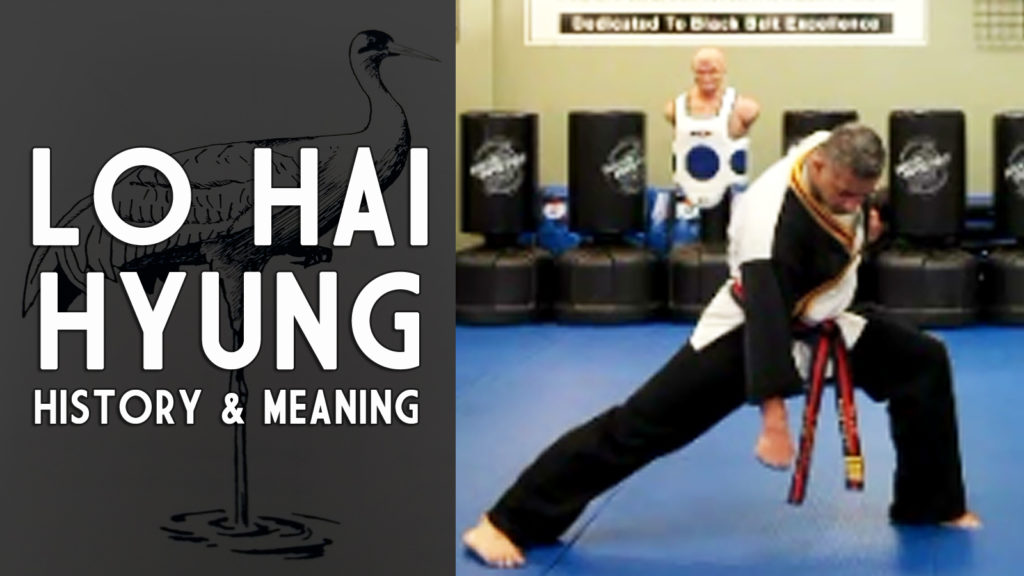The History and Meaning of Lo Hai
The History and Meaning of Lo Hai Hyung
Lo Hai Hyung comes from Ha Nam, or the southern area of China. Its main characteristics are poise and grace exemplified by the one-legged stance of the crane. The name of its creator and approximate date of creation of this form are not known. This is the Okinawan Rohai kata.
The Okinawan Rōhai (鷺牌?) are a family of kata practiced in some styles of karate. The kata originated from the Tomari-te school of Okinawan martial arts. It was called the Matsumora Rōhai, after Kosaku Matsumora, who very likely was it’s inventor.
Ankō Itosu, considered by many the father of modern karate, later took this kata and developed three kata from it: Rōhai shodan, Rōhai nidan, and Rōhai sandan. In Shorin-ryū / Matsubayashi-ryū this Kata introduces Gedan Shotei Ate (Lower/Downward Palm Heel Smash) and Ippon Ashi Dachi (One Leg Stance). It contains a sequence of Tomoe Zuki (Circular Punch) exactly the same as the one in Bassai, although the ending of the sequence chains into Hangetsu Geri/Uke (Half Moon Kick/Block).
In modern Karate, some styles teach all three kata (such as Shito ryu). However, other styles employ only one of them as a kata (such as Wadō-ryū, which teaches Rōhai shodan as Rōhai). Gichin Funakoshi, founder of Shotokan, redeveloped and renamed Rōhai as Meikyo (明鏡), literally “bright mirror”, often translated as “mirror of the soul.” Meikyo is a combination of all three different Rōhai kata, containing elements of each.
In Tang Soo Do and Soo Bahk Do, practitioners have added a board (or brick) breaking element to the form, which can be performed using either a downward punch or palm strike.
I enjoy doing Lo Hai Hyung and especially love doing the “half-moon kick/blocks” toward the end of the form. It is definitely exciting when you break the board in the middle of the form! It’s a lot of fun and you will definitely enjoy doing this form!
:) see you on the training floor!
~ Master Peter Liciaga


